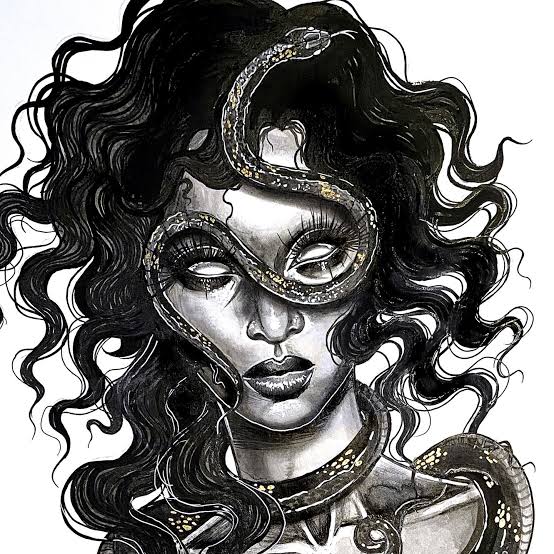Ophidiophobia, the fear of snakes, is a common phobia that affects millions of people worldwide. While snakes play crucial roles in ecosystems, their presence can trigger intense anxiety and panic in individuals with ophidiophobia. Understanding the origins, symptoms, and treatment options for this fear is essential for those seeking relief and empowerment.
Understanding Ophidiophobia:
Ophidiophobia often develops in childhood and may stem from various factors, including evolutionary instincts, negative experiences, or cultural influences. The fear response to snakes is deeply ingrained in human evolution, as our ancestors encountered venomous snakes in their natural environments. Additionally, negative encounters with snakes, such as bites or close encounters, can contribute to the development of ophidiophobia. Cultural depictions of snakes as symbols of danger or evil in literature, folklore, and media can also reinforce this fear.
Symptoms and Impact:
Individuals with ophidiophobia may experience a range of physical and psychological symptoms when confronted with snakes or even images of snakes. Common symptoms include rapid heartbeat, sweating, trembling, shortness of breath, and avoidance behavior. The fear of snakes can significantly impact daily life, leading to avoidance of outdoor activities, difficulty traveling to snake-prone areas, and social isolation.
Treatment Options:
Fortunately, ophidiophobia is a treatable condition, and various therapeutic approaches can help individuals overcome their fear of snakes. Cognitive-behavioral therapy (CBT) is one of the most effective treatments for phobias, including ophidiophobia. Through CBT, individuals learn to identify and challenge irrational thoughts and beliefs about snakes, gradually exposing themselves to controlled snake-related stimuli to desensitize fear responses.
Exposure therapy, a component of CBT, involves gradual and systematic exposure to snakes in a safe and controlled environment, allowing individuals to confront their fears gradually. Virtual reality exposure therapy (VRET) is a promising alternative that uses immersive technology to simulate snake encounters, providing a realistic yet controlled environment for exposure.
Mindfulness techniques, relaxation exercises, and stress management strategies can complement therapeutic interventions, helping individuals cope with anxiety and reduce physiological arousal associated with ophidiophobia.
Empowerment and Recovery:
Overcoming ophidiophobia requires patience, perseverance, and a willingness to confront fears head-on. With the support of qualified mental health professionals and a personalized treatment plan, individuals can reclaim their lives from the grip of ophidiophobia and experience newfound freedom and empowerment.
Conclusion:
Ophidiophobia, the fear of snakes, can have a profound impact on individuals’ lives, causing significant distress and avoidance behavior. However, with the right treatment approach, including cognitive-behavioral therapy, exposure therapy, and mindfulness techniques, individuals can conquer their fear of snakes and regain control over their lives. By understanding the origins, symptoms, and treatment options for ophidiophobia, individuals can embark on a journey of empowerment and recovery, embracing life without the burden of fear.
Source – Wikipedia



